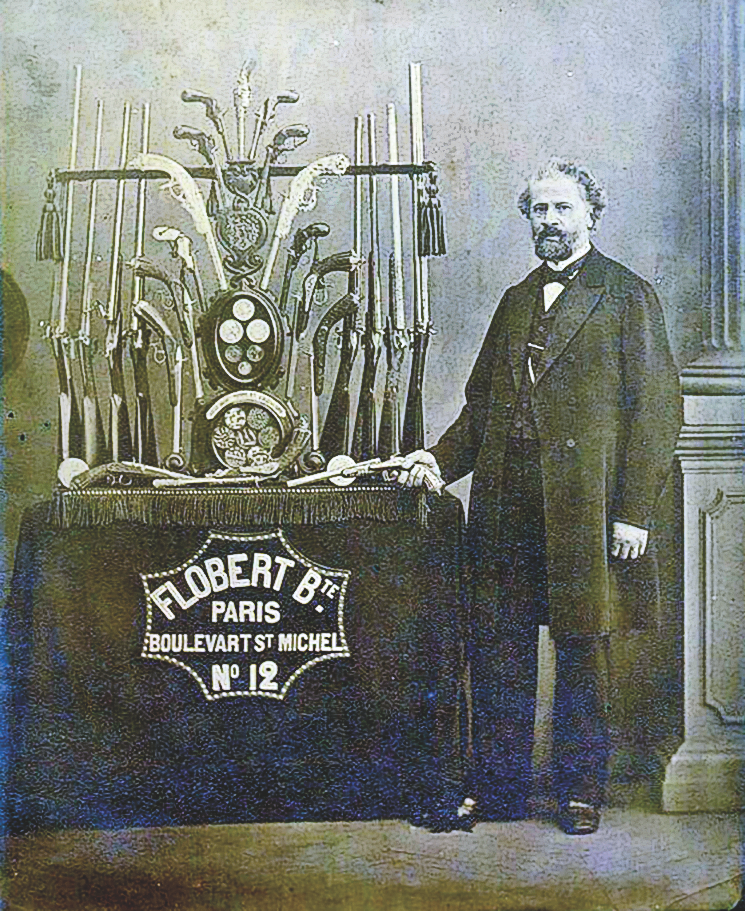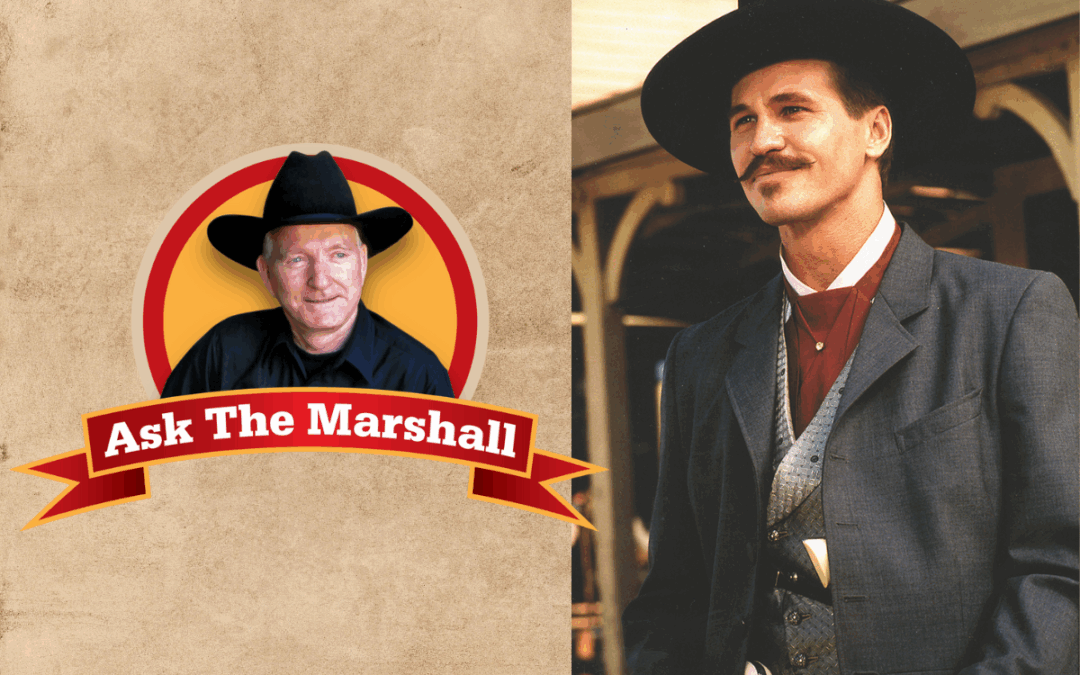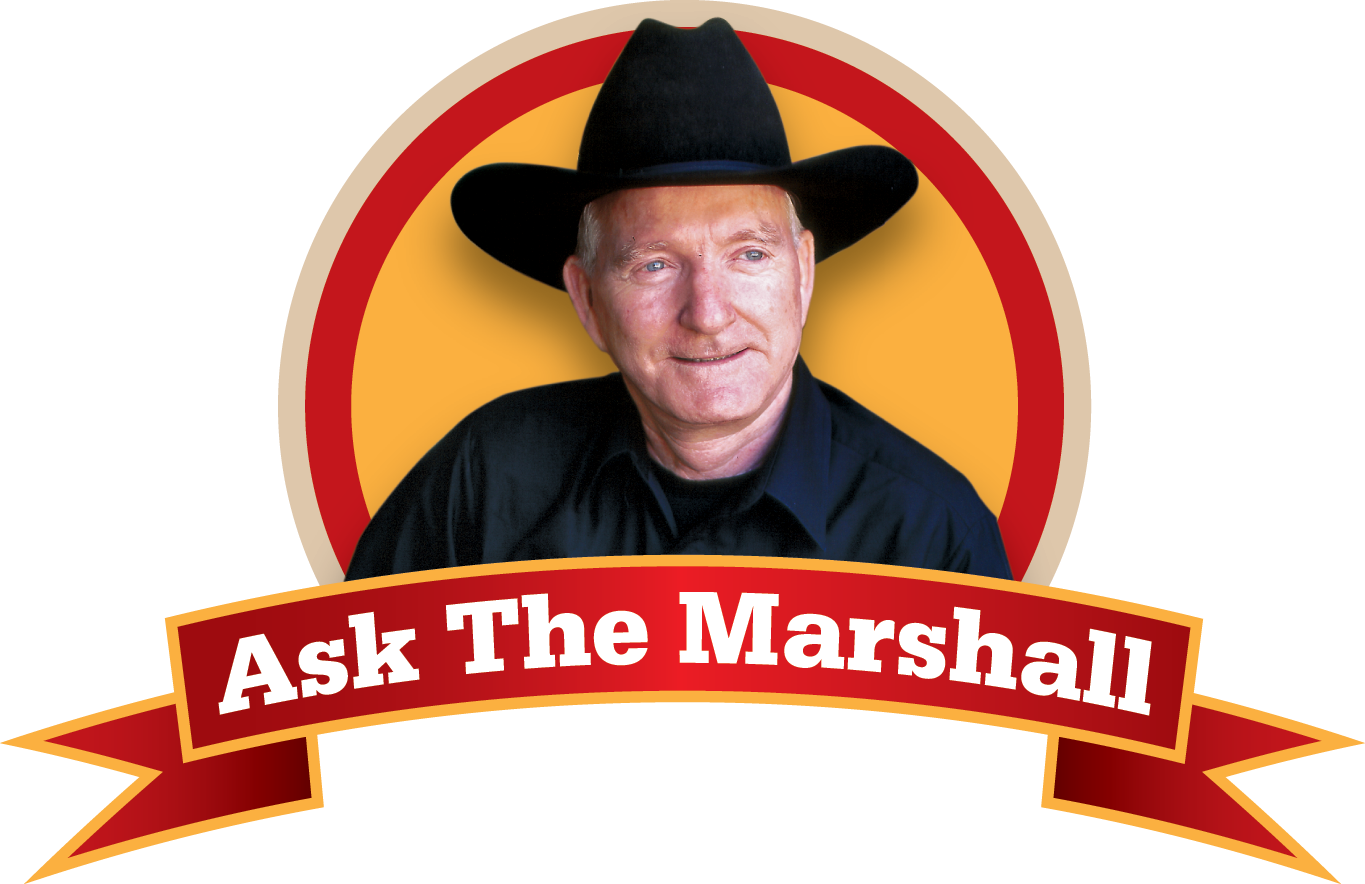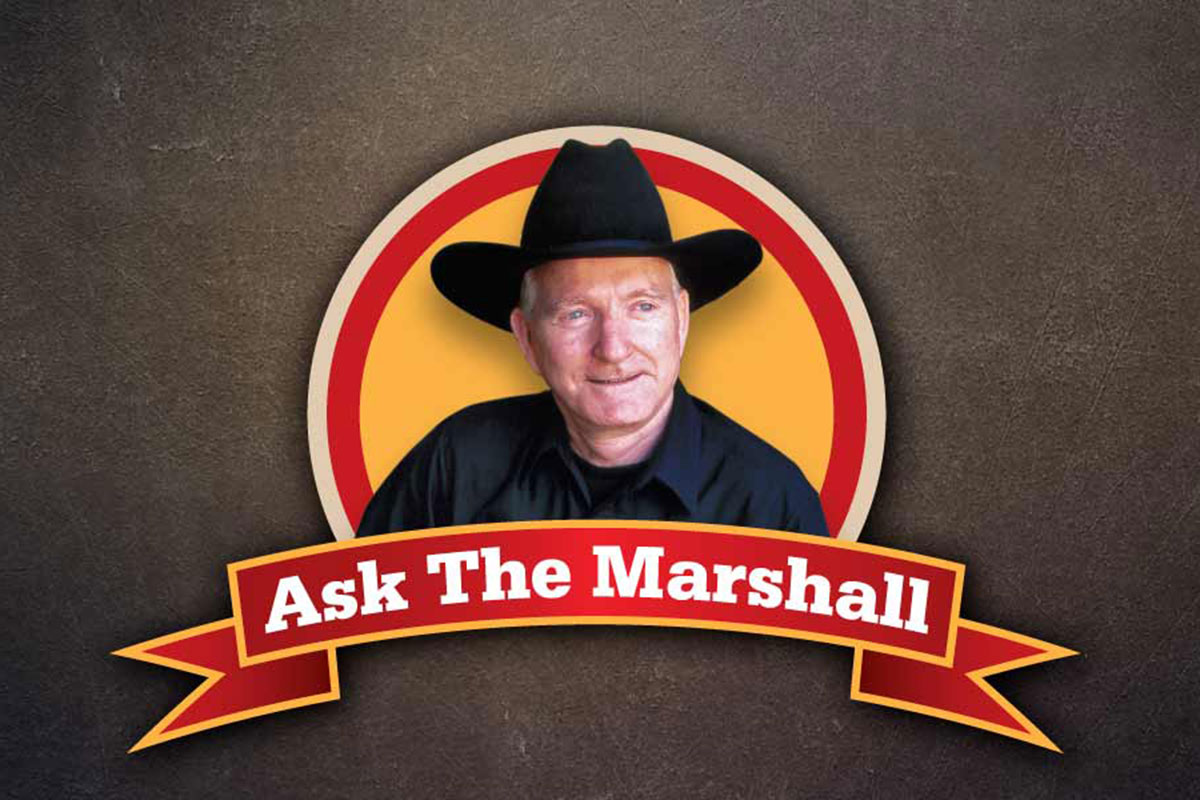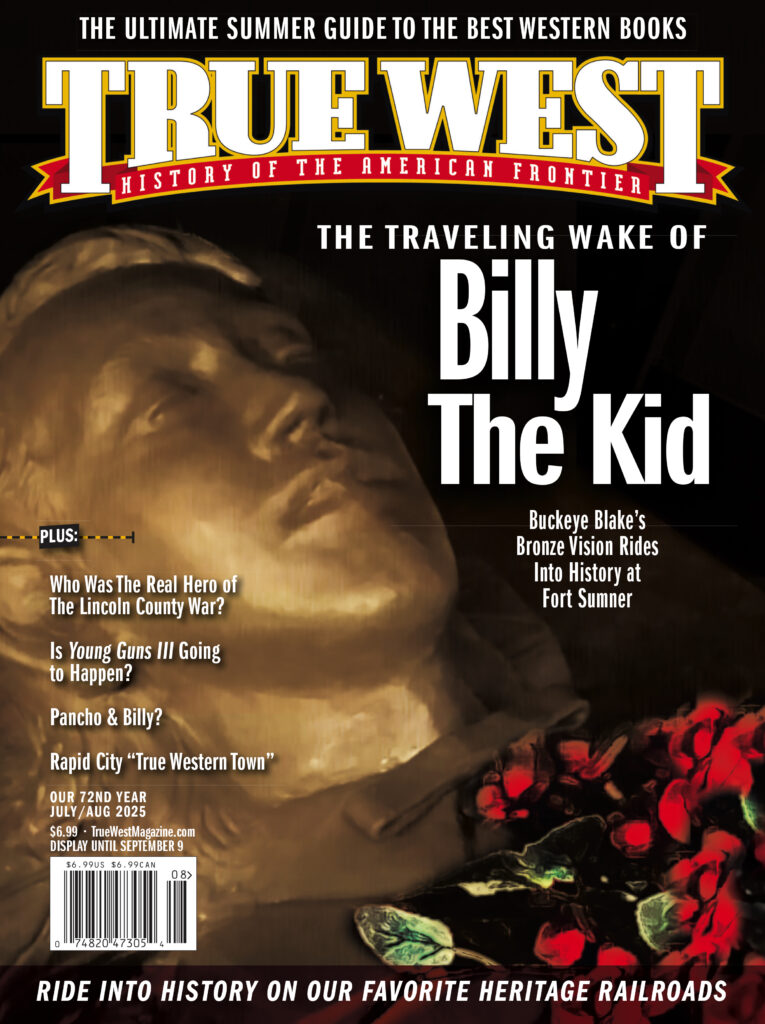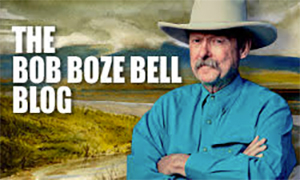Lessons I have learned during more than a quarter century of “Ask the Marshall.”
What did the expression
“I’m your huckleberry” mean?
Clinton Smith Ruidoso, NM
There’s been a lot of discussion on the meaning ever since Val Kilmer uttered it in the 1992 film Tombstone. It was a commonly used statement in the West, and since the film came out, there have been a number of bad or bogus definitions. Basically it means, “Name the place, and I’ll go with you” or “Name the job, and I can do it.”
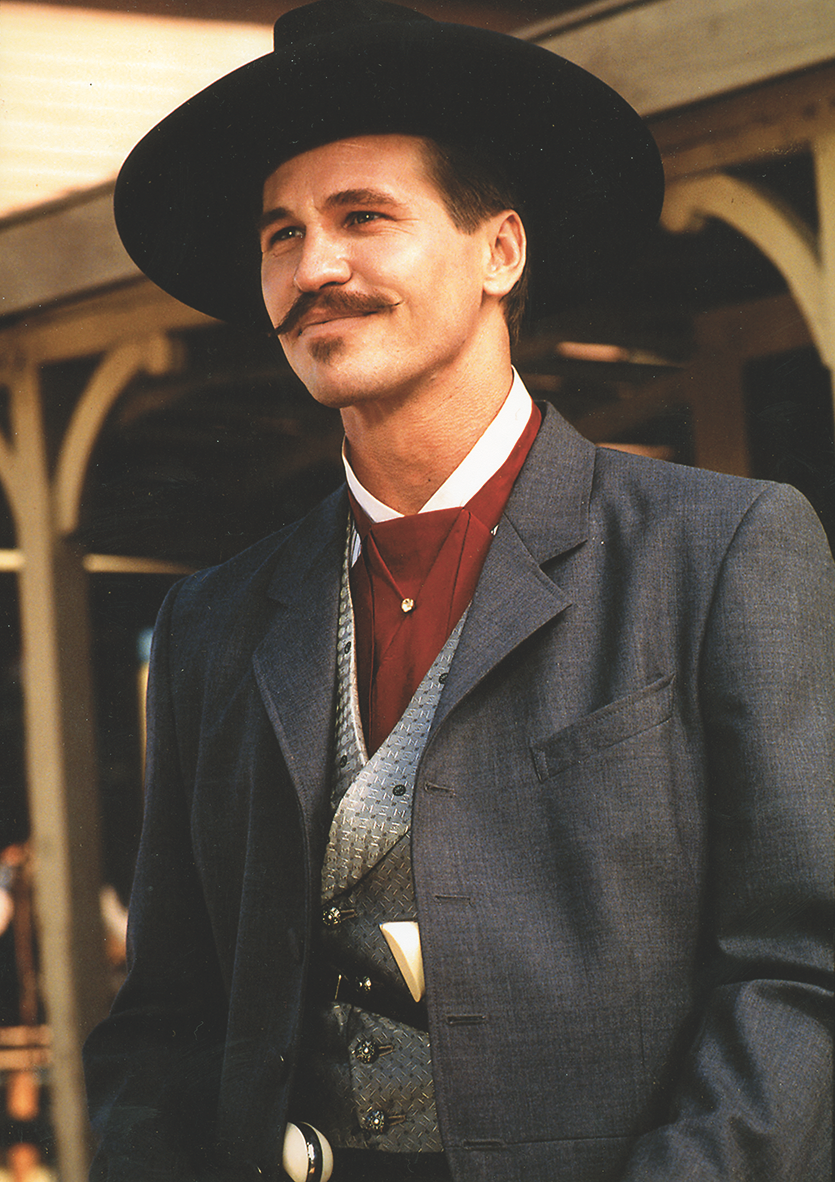
When the pioneer women were crossing the Great Plains—where there were no trees—how did they find a private place to pee?
Betty Larson Newton, KS
Come potty time on the lone prairie, the women went out in a group and formed a large circle and spread their skirts. One or two would enter the circle, squat and do their business (unencumbered by panties). After each had their turns, they would return triumphantly to the wagon train.
The cowboy song “Little Joe the Wrangler” says he died in a cattle stampede. One version says they camped by the Pecos River; another claims it happened by the Red River. Can you tell me where the stampede happened?
Charlie Thorne Newton, KS
A cowboy named Jack Thorp wrote “Little Joe the Wrangler” in 1898 while helping trail a herd from Chimney Lake, New Mexico, to Higgins, Texas. Sitting around the campfire one night, he scribbled the words on an old paper bag. It was about a wrangler he knew, and it was sung to the tune of “Little Old Log Cabin in the Lane.” It began to circulate around the cattle camps after he sang it at a saloon in Weed, New Mexico. It was first published in 1908 in Thorp’s book, Songs of the Cowboys.
In the original lyrics Thorp writes, “We’d driven to Red River, the weather had been fine. We were camped down on the south side in a bend…” That’s when the norther started blowing and the cattle stampeded.
Songs like “Little Joe” and Curley Fletcher’s “Strawberry Roan” drifted around the West; the lyrics were often localized and adapted to another horse and location, hence the version that mentions the Pecos River.
Did they really shoot horses in the early days in Western movies?
Jane Satterfield Boston, MA
Not just Westerns, but in all action films. It frequently happened after an animal was injured while performing a stunt, such as a fall.
Yakima Canutt, the great cowboy stuntman, developed the “running W” stunt, bringing down a horse at a gallop by attaching a wire to its fetlocks and then anchoring the wire to the ground. The result: the rider was launched through the air in spectacular fashion. But this either killed or severely injured the horse, requiring the animal to be put down. It’s unclear just how many mounts died during the filming of Westerns. The running W is now banned.
In movie and television portrayals of Old West killings, if witnesses said the killing was in self-defense, the sheriff took the witnesses’ word and dropped the matter. Is this an accurate picture of frontier justice?
Billy Ray Murphy Gulfport, MS
Yes, that’s pretty much the way it was, although some of these cases went before a jury or judge to get the self-defense verdict. And some situations were extreme; one man threatened the life of another, and the second man then shot and killed the other—who was unarmed. But merely making the threat was enough to release the killer in many jurisdictions.
Who invented the first reliable self-contained cartridges?
Rufus Anderson San Francisco, CA
The first reliable centerfire cartridge was invented in 1845 by Frenchman Louis-Nicolas Flobert. He also developed the first rimfire metallic using a bullet fit into a percussion cap. But they didn’t gain acceptance until the 1860s. An employee of Colt, Rollin White, came up with the idea of boring through the cylinder to accept metallic cartridges. But Sam Colt vetoed the innovation, so White went to work for Smith and Wesson, who licensed a patent.
